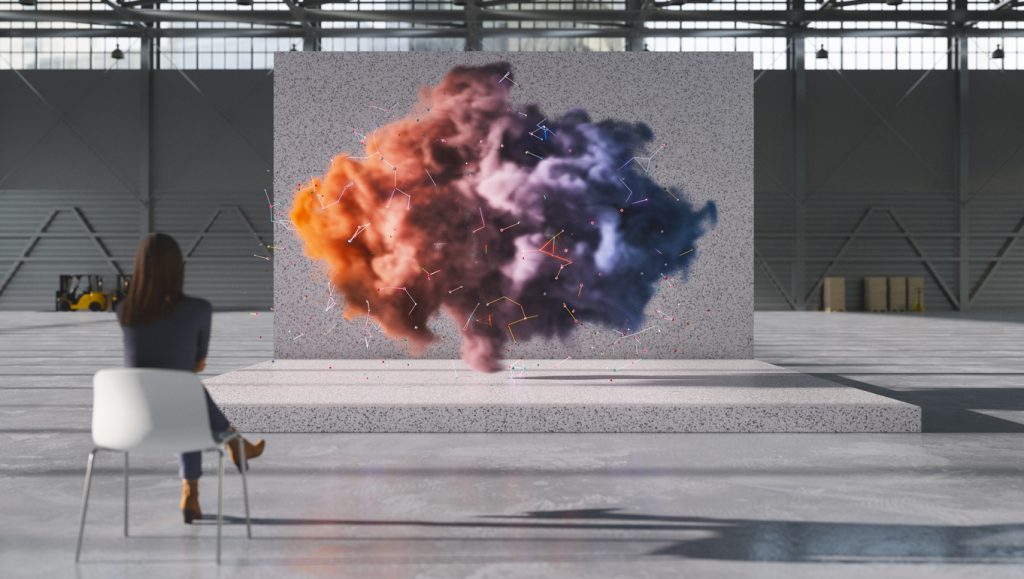Modern GPUs are revolutionizing technology, particularly in the realm of visual effects (VFX). JangaFX, a company at the forefront of this innovation, is employing current computational power to enhance real-time physics simulation in VFX. With advancements in hardware like NVIDIA RTX™ GPUs and sophisticated software, intricate physical simulations that previously required extensive rendering time can now be experienced in real-time. This evolution impacts everything from the stunning visuals in games like EVE Online and League of Legends to dramatic scenes in documentaries such as How the Universe Works, prompting studios to rethink their creative workflows.
The Birth of EmberGen
Nick Seavert, the CEO of JangaFX, has had a longstanding passion for visual effects, stemming from his childhood fascination with fire. He aimed to create more realistic explosions but found the existing tools inadequate and time-consuming. Before 2016, simulating fire and smoke was a lengthy process, often taking hours for a single frame, particularly when relying on CPU power for complex calculations. Seavert questioned why GPUs, proven to be capable of real-time rendering in gaming, were not utilized for simulations, leading to the development of EmberGen, a groundbreaking tool designed to facilitate rapid and interactive creative processes.
Transforming VFX Workflow
Prior to EmberGen, artists faced a fragmented workflow due to the lengthy rendering times of fluid simulation tools. Each simulation was cumbersome, taking up to 24 hours to produce a single frame, resulting in a creative bottleneck. EmberGen transformed this process by integrating simulation and rendering into a seamless real-time experience. This shift allows artists to make adjustments and view results immediately, enhancing creativity and facilitating a more enjoyable workflow.
Breaking Through Computational Barriers
In implementing EmberGen, JangaFX tackled the challenge of creating detailed volumetric clouds for games like EVE Online. CCP Games sought to enhance their space battles with rich cloud formations while maintaining an efficient production pipeline. By leveraging the VRAM capabilities of NVIDIA RTX™ GPUs, EmberGen enabled artists to design complex cloud structures in real time, which could then be exported as optimized simulations for integration into their game engine.
How EmberGen Works
The real-time capabilities of EmberGen are driven by its interaction with advanced GPU technologies, such as NVIDIA’s RTX™ 4090 and RTX™ 6000 series. These GPUs provide significant memory bandwidth and parallel processing power, allowing applications to process billions of voxels simultaneously. This efficiency not only accelerates rendering but also opens doors for professional creators to harness these tools within dedicated workstations, like the Dell Precision 5860 and 7960 Tower models, optimized for high-performance demands.
The Importance of Real-Time Simulation
For JangaFX, harnessing real-time simulation technology is essential for bridging the gap between artistic vision and execution. When artists receive immediate feedback on their modifications, they can explore their creativity more freely, as exemplified by the volumetric clouds in EVE Online. Nick Seavert emphasizes that the goal extends beyond creating visually striking effects; it’s about enhancing the entire creative process to make it more dynamic and enjoyable. EmberGen represents a significant advancement in the ability to create stunning visual effects without being hindered by technological limitations.

